Mr. Phong clears bushes for the Melaleuca forest - Photo: NP
Harsh weather conditions and barren land have long made economic development and the lives of Gia Gia villagers very difficult. Therefore, after several years of working hard but with no results, Phong and his wife decided to find a new direction. In 2000, realizing that cajuput trees brought great benefits to the local people, he cleared his fields to grow cajuput trees.
Initially, due to lack of capital for production and lack of experience, he only planted about 2 hectares of experimental trees. As a result, the cajuput trees grew quickly despite requiring a lot of care. Over time, he and his wife worked hard to save up and expand the cajuput growing area. To date, Phong's family has about 7.5 hectares of cajuput trees, which have been harvested three times.
Previously, he mainly went to the forest to pick wild vegetables and fruits, and occasionally cleared and weeded the cajuput forest. But since becoming a member of the Gia Gia Village Community Forest Protection Team, and receiving information from forest rangers and project staff about effective forest protection, Phong has been more diligent in going to the forest.
Understanding that the cajuput tree he is planting is a tree with good bearing capacity, reinforcing weak soil, contributing to environmental protection, greening forests, and improving ecosystems, he is motivated to maintain, care for, and expand the area of his cajuput forest.
“I feel happy to join the efforts of my team members to protect the forest. I am even happier when I can plant cajuput trees to develop the economy and help balance the natural ecosystem. If things go well, my wife and I will continue to invest in planting cajuput trees in the following years,” Phong confided.
Mr. Nguyen Van Phu, an officer of Dakrong Forest Protection Department, in charge of Huong Hiep commune, commented: “Mr. Phong is a diligent member, very active in forest protection work. Although he has not been with us for long, his openness and enthusiasm helped me quickly integrate when I came to the area to take up the task. He is also quite humorous, always bringing joy and dispelling fatigue to the members during the process of patrolling and protecting the forest.”
Along with growing cajuput, Mr. Phong and his wife also built a model of raising buffalo, goats, pigs and chickens. With money from the first cajuput forest harvest, he invested in buying 10 goats to raise. Mr. Phong revealed: “Because of the limited area and limited disease prevention conditions, I dare not develop a large herd. Raising livestock is mainly to have money for children's education, cover household expenses and improve daily meals.”
The above economic model brings a stable income of nearly 100 million VND/year to Mr. Phong's family. Thereby, helping him and his wife have the conditions to raise 3 children to study, becoming an example that many people in the area praise and learn from.
Nam Phuong
Source: https://baoquangtri.vn/phat-trien-kinh-te-tu-chan-nuoi-va-trong-rung-194445.htm



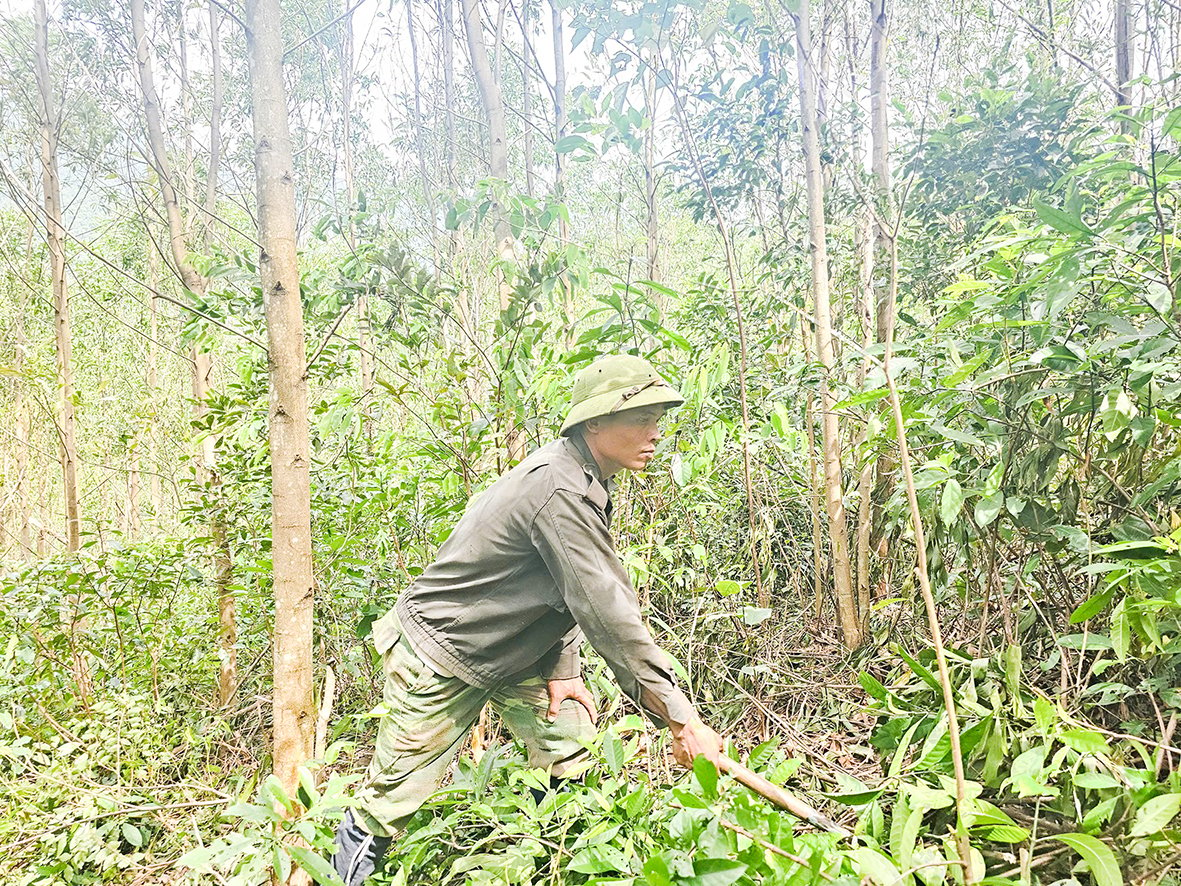
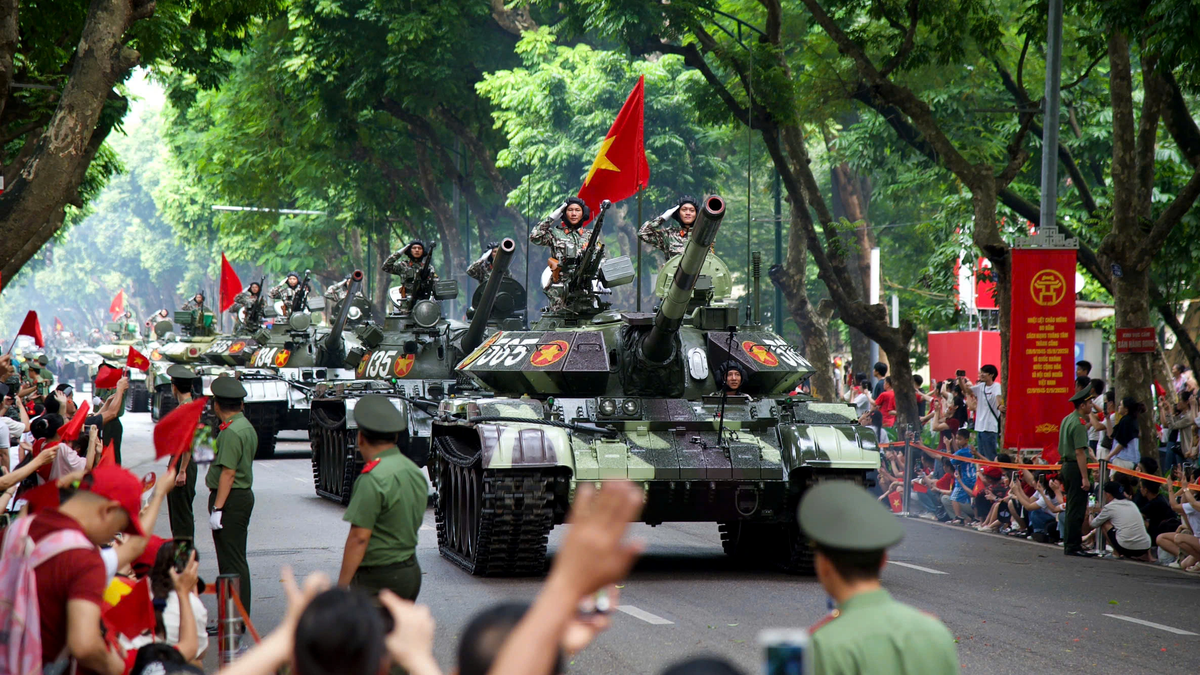



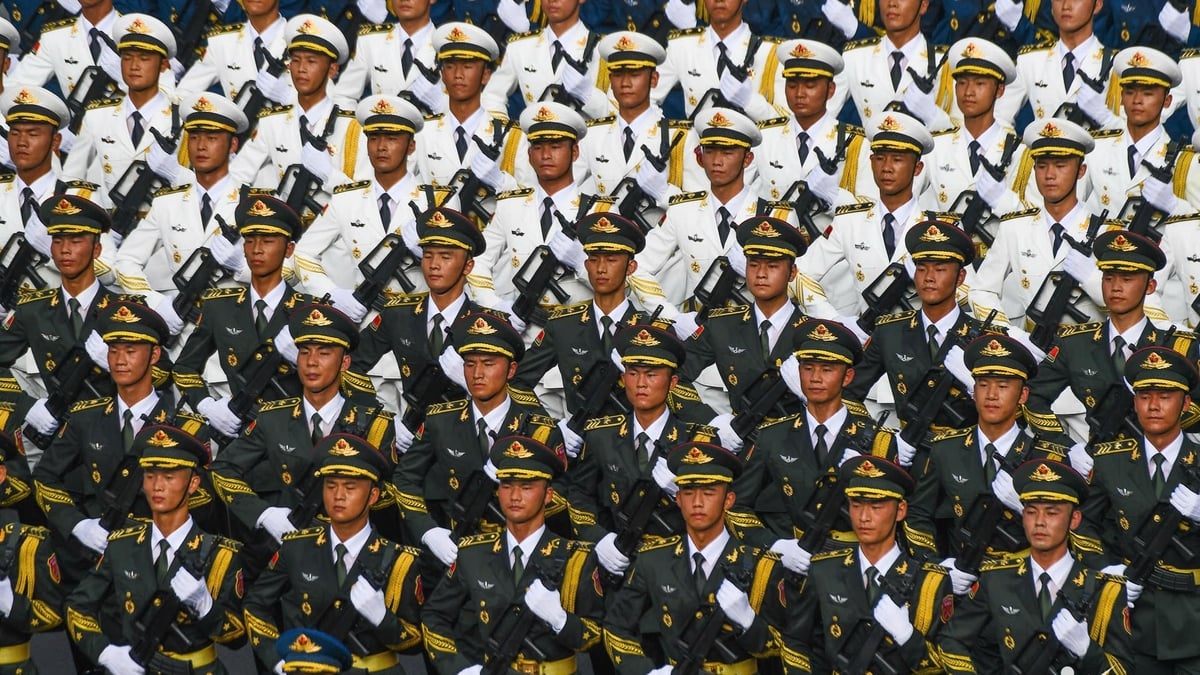

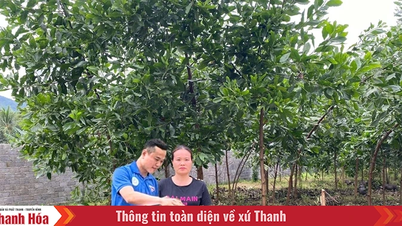

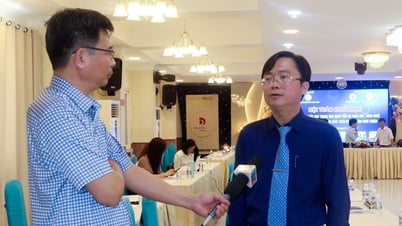

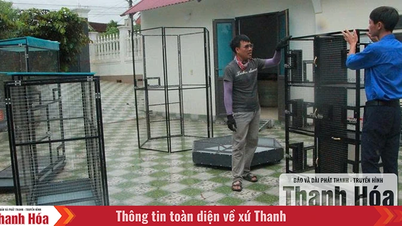



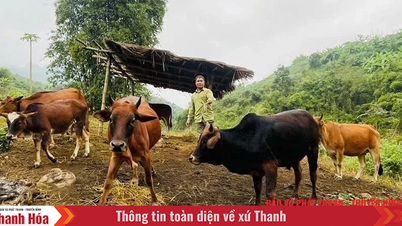
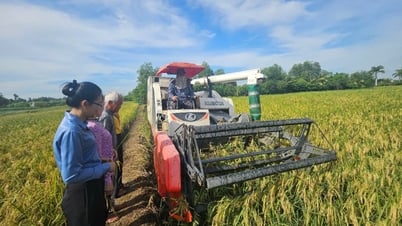



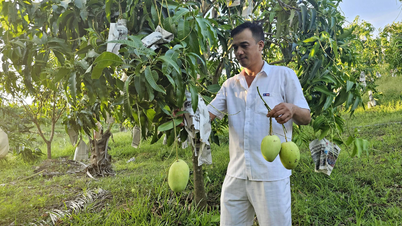



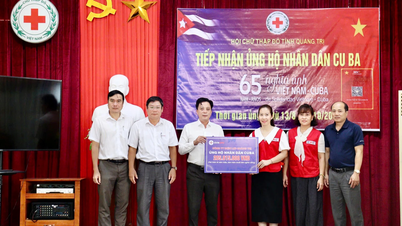






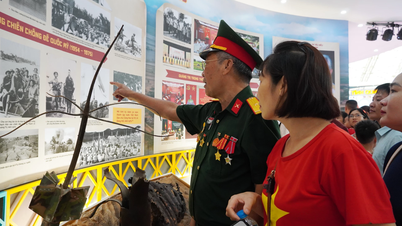


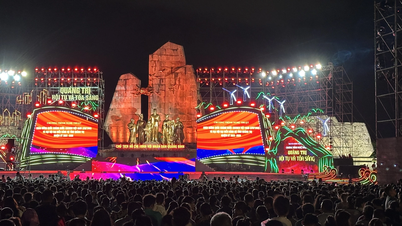
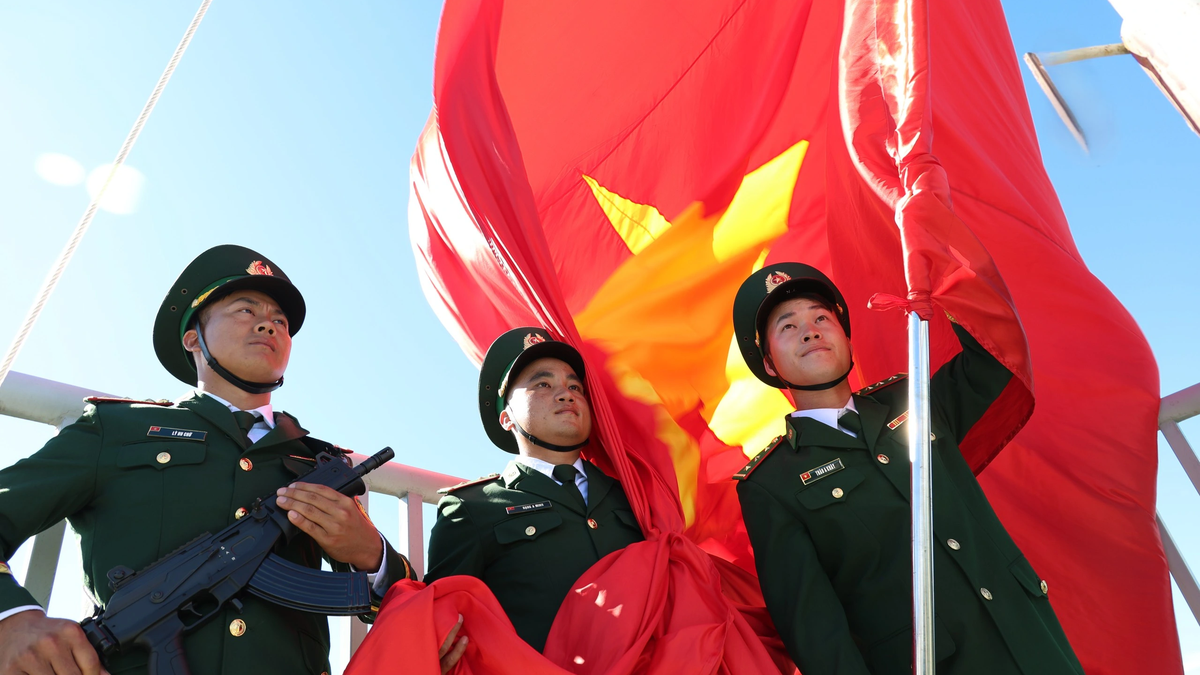


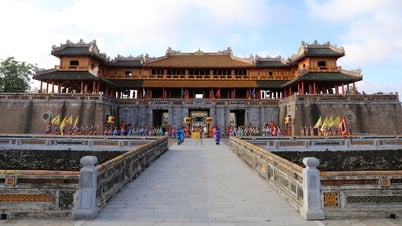

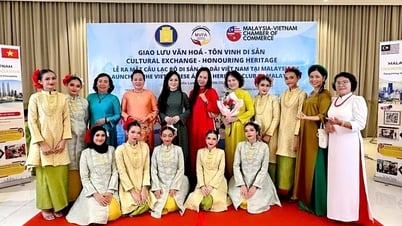

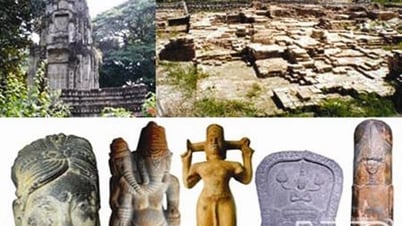

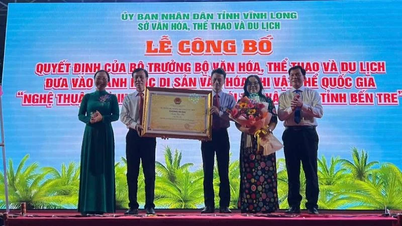


















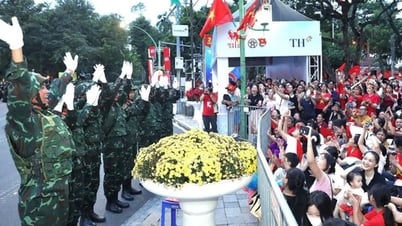
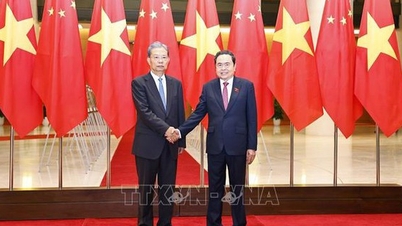



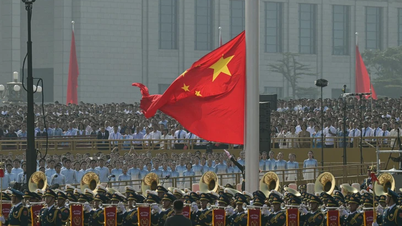
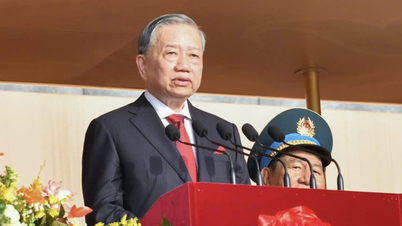





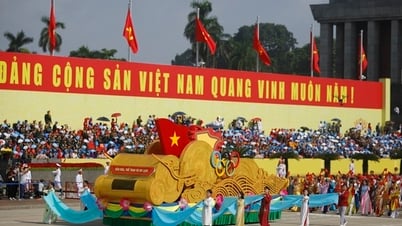

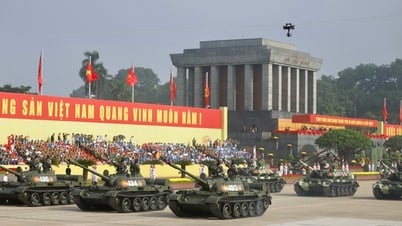
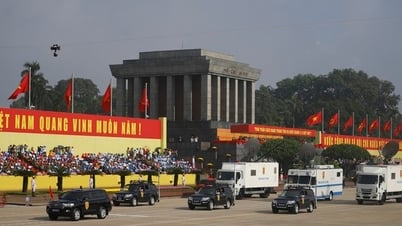
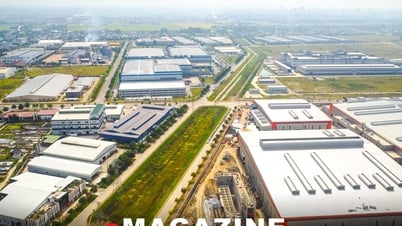








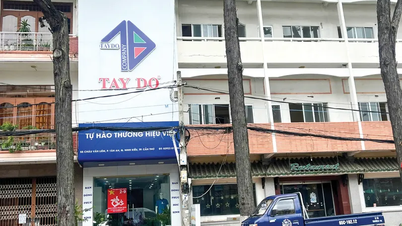

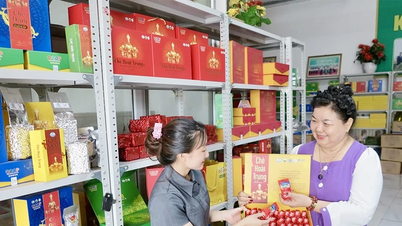


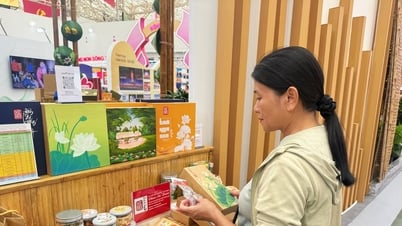
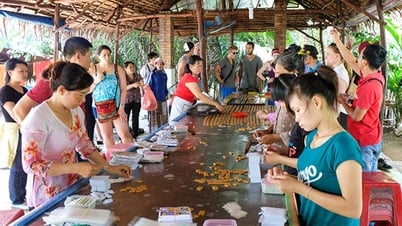


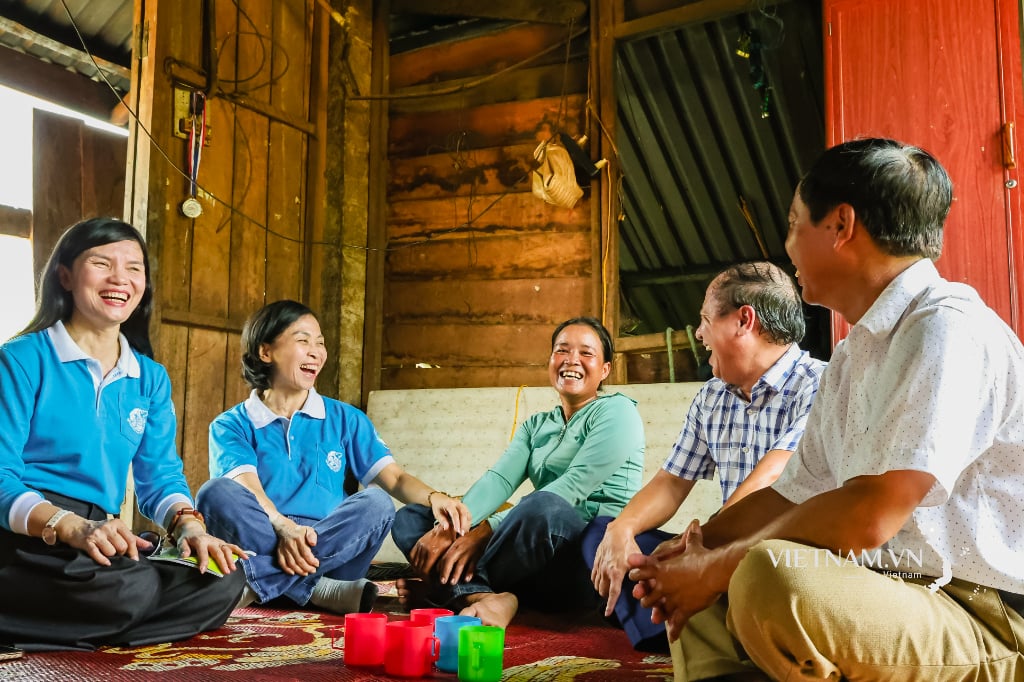


Comment (0)